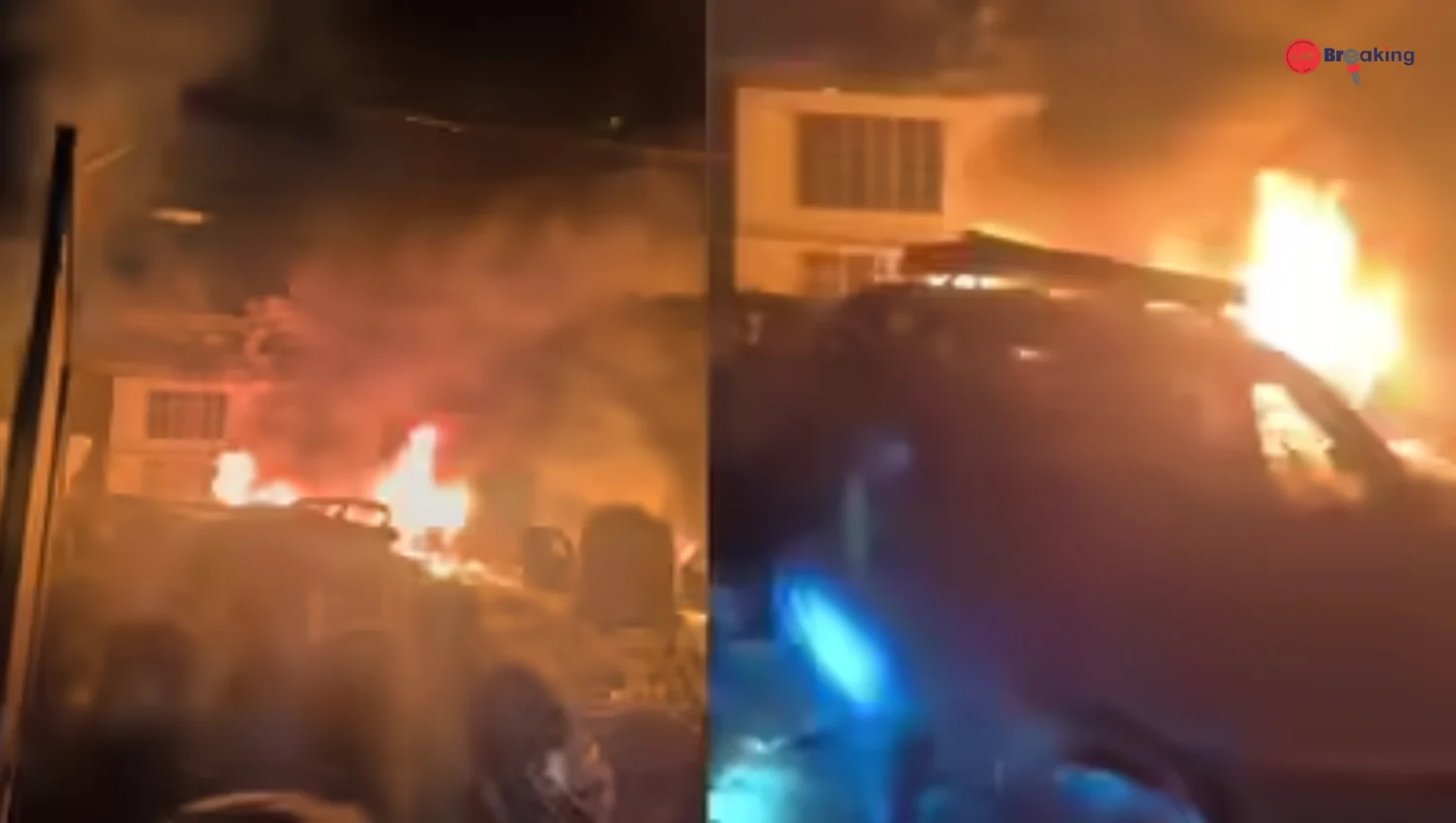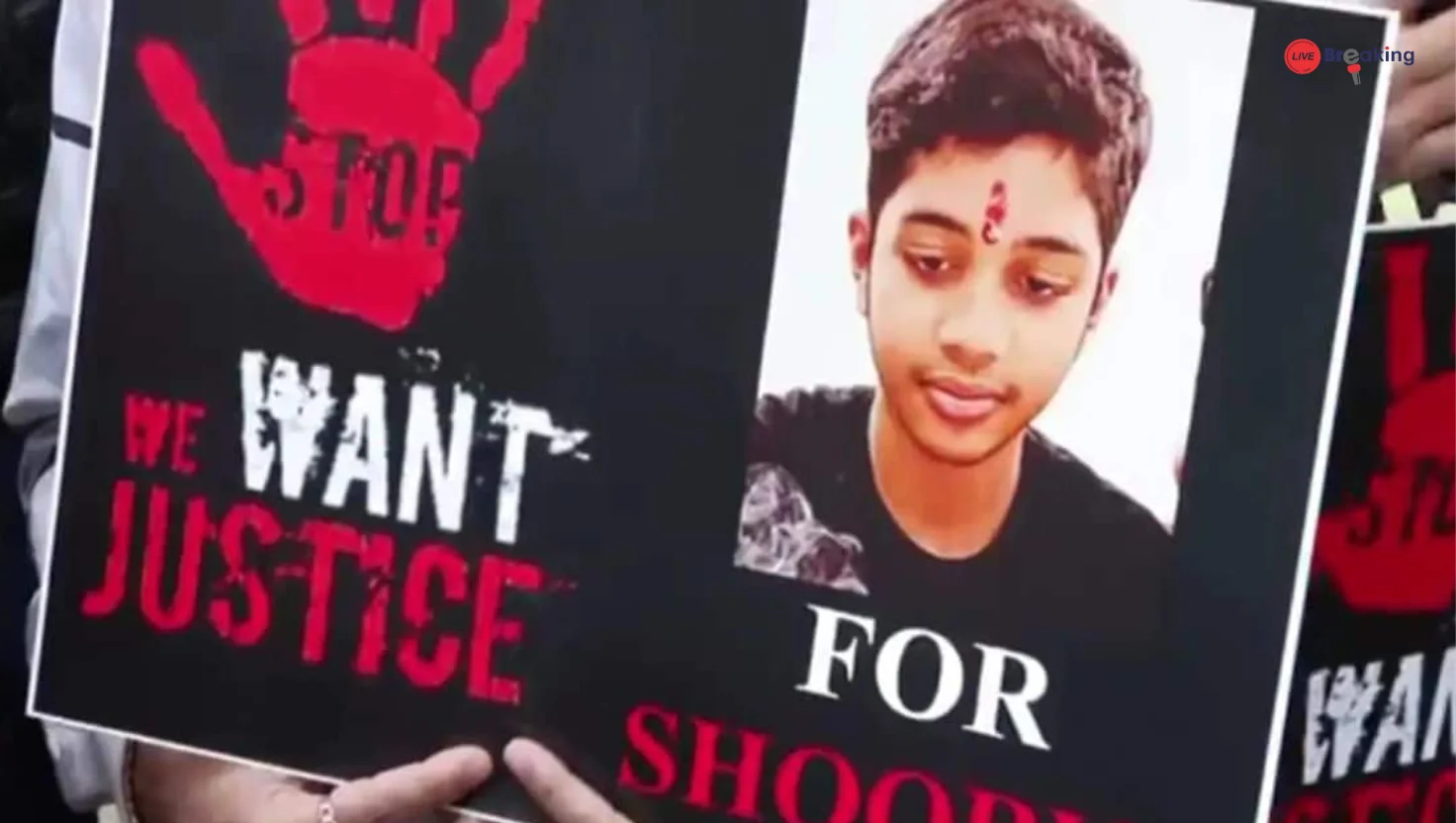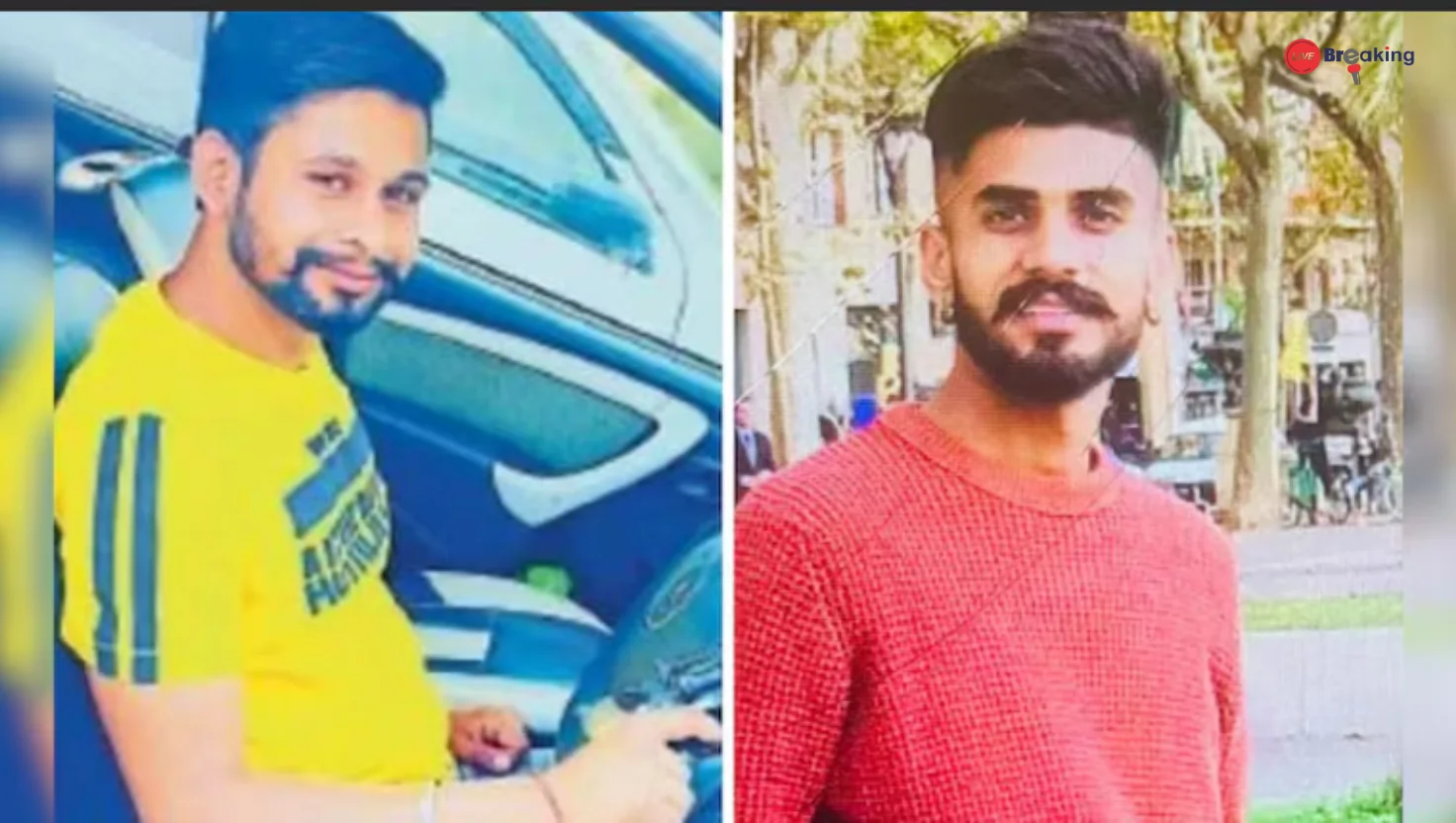Video Shows Impact Of Blast At J&K Police Station. Bodies Found 300 Metres Away
A shocking video has emerged in the aftermath of a powerful explosion at a J&K police station, revealing just how devastating the blast truly was. The footage, believed to have been recorded moments after the detonation, shows extensive damage and a level of force that has stunned authorities and the general public. In a grim and tragic turn, bodies have reportedly been found as far as 300 metres away from the blast site, underlining the ferocity of the explosion.
Visual Evidence of the Blast’s Power
The video opens with chaotic scenes: dust and debris cloud the air, and fragments of the police station lie scattered around the premises. The scale of destruction is immediately evident — walls are blown apart, windows shattered, and vehicles parked nearby have been severely damaged or overturned. The blast wave’s force is visible in every frame, sweeping away lighter objects and tearing the structure of the building apart.
Rescue teams and first responders rush into the area, battling through dust and possible secondary risks. The camera pans across rubble-strewn corridors, collapsed furniture, and dislodged concrete slabs. It’s clear that the blast did not claim only superficial structural damage, but caused deep-level devastation, compromising both the interior and exterior of the station.
Bodies Discovered Far From the Epicenter
In perhaps the most harrowing development, bodies have been found nearly 300 metres away from the blast’s epicenter. This shocking detail speaks volumes about the magnitude of the explosion and its destructive potential. Blasts that can displace remains over such distances are rare and point to an extremely powerful device or charge.
Medical and forensic teams are working meticulously to identify the victims, gathering remains and performing preliminary examinations. The logistics of retrieving bodies from such a wide perimeter are challenging—rescue personnel must navigate unstable terrain, broken infrastructure, and possible hazards like fires or secondary explosions. The sheer scale of recovery efforts underscores the gravity of the situation.
Immediate Response and Rescue Operations
First responders—police, fire department personnel, and paramedics—arrived on the scene within minutes, according to the video. Their rapid deployment played a critical role in responding to both the injured and the broader crisis. Rescue operations have been described as herculean; teams are using heavy machinery to clear debris and specialized equipment to detect human remains.
Read more: Mistimed by a Calendar Error: How a Delhi Terror Plot Nearly Went Wrong
Medical triage zones have been set up nearby to provide immediate care to the wounded. Some injured have been airlifted or rushed to nearby hospitals; others with less severe injuries are being treated onsite. Given the scale of damage and the number of potential casualties, local health infrastructure is under immense strain.
Public Shock and Security Concerns
The release of the footage has sent shockwaves through the local community and across the country. Citizens, security analysts, and political leaders are expressing deep concern over how such a powerful bomb could be planted, and who could be responsible. While investigations are still underway, the magnitude of the blast raises serious questions about security protocols.
Local residents reported hearing a thunderous blast that shook homes miles away, and now the visual evidence seems to confirm the worst fears. The incident has reignited debates about terrorism, militant infiltration, and the vulnerability of key police installations in politically sensitive regions like J&K.
The Role of Intelligence and Preventive Measures
In light of the explosion, intelligence agencies are under pressure to explain how such a device evaded detection. Analysts point to possible lapses in surveillance, gaps in local informant networks, or failure in bomb-detection mechanisms. There is now a renewed urgency to review and strengthen counter-terrorism measures, especially around police stations and other critical infrastructure.
Read more: Red Fort Blast Kills 13 and Injures 24 in Major Security Scare
Officials are reportedly reassessing the security layout of the station and other similar facilities. They are also planning to deploy more bomb-detection units, increase patrol frequency, and enhance coordination between intelligence agencies and ground-level law enforcement.
Way Forward: Healing, Investigation, and Accountability
As the region reels from the shock, the path ahead will involve a delicate balance between grief, justice, and reform. Families of the deceased are demanding full transparency: they want to know who was responsible and how such a devastating breach could take place. Meanwhile, authorities are pledging a full-scale investigation.
For the local community, the immediate task is healing. Trauma counselling, compensation for the victims’ families, and rebuilding efforts are likely to form the core of post-blast recovery plans. Reconstructing the damaged police station will also be a priority, as will be the installation of stronger protective measures to prevent such tragedies in the future.
Read more: Delhi Blast Triggers Panic After Massive Explosives Cache Found in Faridabad
Yet, beyond the reconstruction of buildings, what will matter most is restoring trust — trust in security forces, in intelligence agencies, and in the government’s capacity to protect its citizens from such horrific violence.
The video, with its raw and unfiltered portrayal of destruction, may be the first step towards accountability. But the real work begins now: to bring those responsible to justice, to prevent a recurrence, and to help a wounded community heal.














